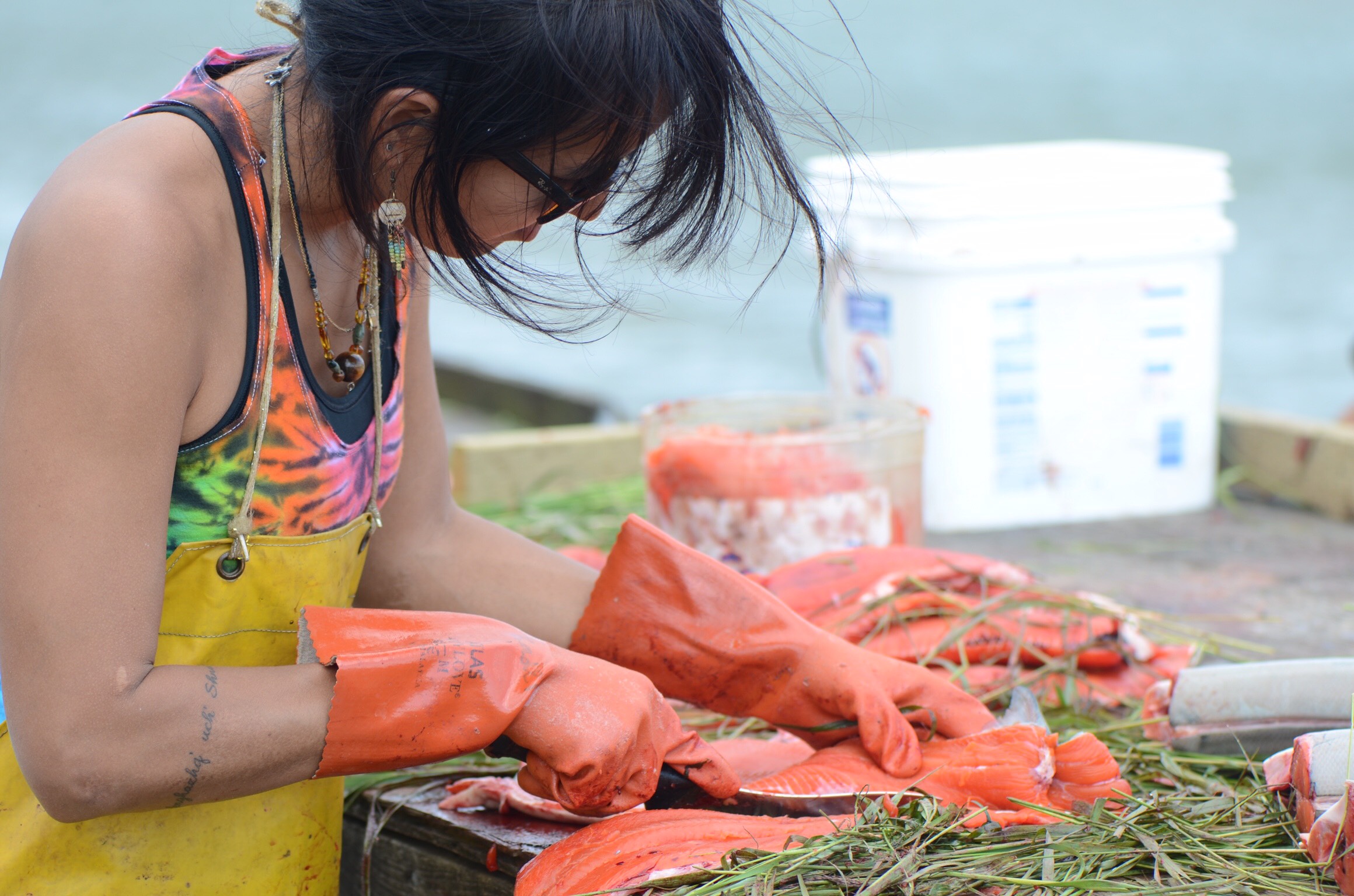Urgent Action: Put an End to Pebble Mine!
By: Bart Mihailovich

We have one last chance to save Alaska’s Bristol Bay watershed, its world-renowned salmon runs, and its Native communities. Take action today to stop Pebble Mine from destroying this vital and pristine landscape.
After years of studies, public comment opportunities, reviews, denials, and various permitting processes, the Army Corps of Engineers released its final environmental review of the Pebble Mine on July 24. Ignoring thousands of comments and sound science, and reversing EPA’s denial of the project in 2014, the Army Corps’ final environmental analysis concluded that Pebble Mine “would not be expected to have a measurable effect on fish numbers.”
Pebble Mine would be the largest open-pit mine in the country, and would be built in the heart of this seismically active, biologically thriving, and culturally rich region—home to the largest remaining sockeye salmon run in the world.
There are 25 villages in the Bristol Bay region, including Dena’ina, Yup’ik, and Alutiiq communities that rely on abundant subsistence foods—such as wild fish, caribou, and moose—in order to survive. Dena’ina women, Karen Evanoff and Michelle Ravenmoon, explain: “The connection, the familiarity, and life-long relationship with the camp, nature, fish and food source is there from birth and over generations for those raised in the village. Ye’uhqach’dalts’iyi ‘what we live on from the outdoors’ defines the Dena’ina people and this knowledge is vital to the continuance of our people.”

“Many people retrieve drinking water directly from the rivers in this pristine region and do not have access to municipal water systems,” says Skye Steritz, program manager at Copper River Delta Sound Waterkeeper. “These Alaska Native communities rely on healthy salmon and clean water for their spiritual sustenance as well as their physical survival. For them, Pebble Mine represents cultural genocide. The loss of these deep, meaningful, and intact wild salmon ways of life would be a devastating tragedy for all of humanity. “
In addition to providing subsistence and commerce for Alaska Native communities, the Bristol Bay salmon runs feed a thriving sportfishing and commercial fishing economy that supports more than 14,000 fishing jobs and generates over $1.5 billion of economic activity every year. All this will be at risk if Pebble Mine is approved.
“Alaskans overwhelmingly oppose the Pebble Mine,” says Bob Shavelson, the Cook Inletkeeper. “But the Trump administration doesn’t care, and it’s ignoring science and the law by trying to ram this stupid project through.”
With the release of the final Army Corps analysis, the U.S. Environmental Protection Agency could now permit Pebble Mine to move forward within 30 days. That means NOW is the time to urge EPA Region 10 (Alaska and the Pacific Northwest) Administrator Chris Hladick to veto the project.
Hladick himself wrote to the Alaska district engineer, Col. David Hibner, saying that the agency still has serious concerns about the plan, including that dredging for the open-pit mine “may well contribute to the permanent loss of 2,292 acres of wetlands and… 105.4 miles of streams.”
With your help, we can save some of the most intact salmon habitat on Planet Earth before it’s too late. Write EPA Region 10 Administrator Chris Hladick TODAY and tell him to veto Pebble Mine and prevent the destruction of the Bristol Bay salmon runs. Time is of the essence—a decision could come as early as August 24.
Want to do more? Take these four actions, too!
1. Tell EPA to #VetoPebbleMine here. Personalize your message to increase its impact.
2. Call Alaska Senators Lisa Murkowski & Dan Sullivan at (907) 586-7277. Demand that they say “NO” to Pebble for the sake of Alaskan lives.
3. Email the Alaska Department of Environmental Conservation and tell them to DENY the Pebble Mine discharge certification required by the Clean Water Act.
4. Call Alaska Governor Michael Dunleavy at (907) 465-3500. Pressure him to stop Pebble Mine and remind him that the world’s largest sockeye salmon run supports more than 14,000 fishing jobs and generates over $1.5 billion of economic activity every year.
Photos by Craig Evanoff